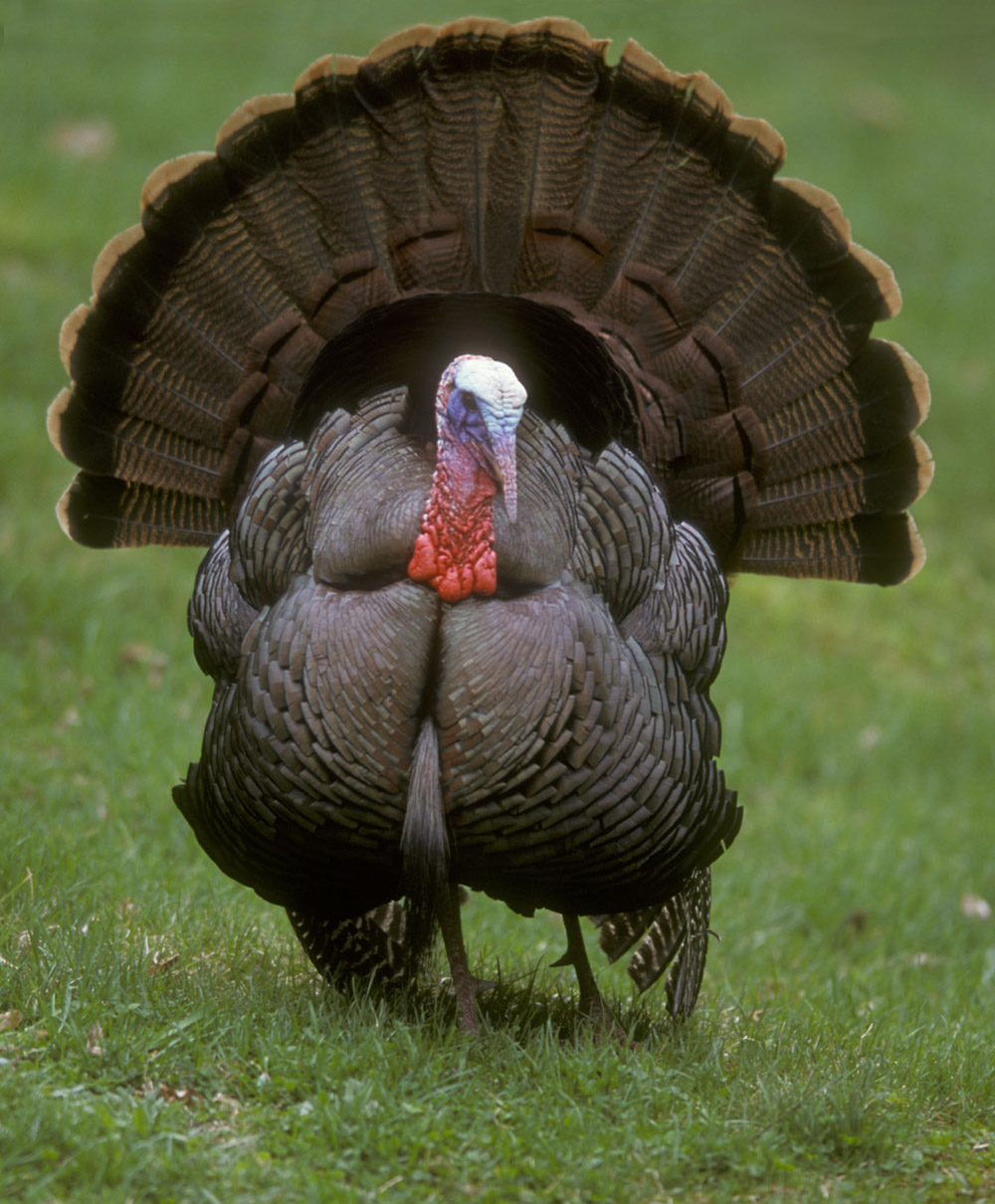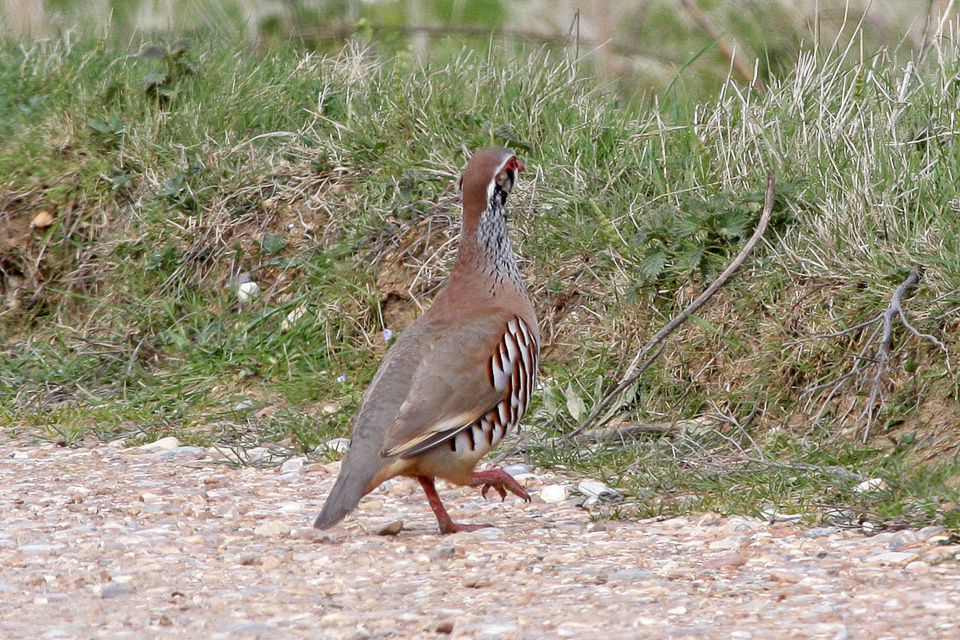|
Lyrebird
A lyrebird is either of two species of ground-dwelling Australian birds that compose the genus ''Menura'', and the family Menuridae. They are most notable for their impressive ability to mimic natural and artificial sounds from their environment, and the striking beauty of the male bird's huge tail when it is fanned out in courtship display. Lyrebirds have unique plumes of neutral-coloured tailfeathers and are among Australia's best-known native birds. Taxonomy The classification of lyrebirds was the subject of much debate after the first specimens reached European scientists after 1798. Based on specimens sent from New South Wales to England, Major-General Thomas Davies illustrated and described this species as the superb lyrebird, which he called ''Menura superba'', in an 1800 presentation to the Linnean Society of London, but this work was not published until 1802; in the intervening time period, however, the species was described and named ''Menura novaehollandiae'' ... [...More Info...] [...Related Items...] OR: [Wikipedia] [Google] [Baidu] |
Superb Lyrebird
The superb lyrebird (''Menura novaehollandiae'') is an Australian passerine songbird, one of two species from the family Menuridae, with the other being the much rarer Albert's lyrebird. It is one of the world's largest songbirds, and is renowned for its elaborate tail and courtship displays, and its excellent mimicry. The species is endemic to Australia and is found in forest in the southeast of the country. According to David Attenborough, the superb lyrebird displays one of the most sophisticated voice skills within the animal kingdom—"the most elaborate, the most complex, and the most beautiful". Taxonomy Based on specimens sent from New South Wales to England, Major-General Thomas Davies illustrated and described this species as the "superb lyrebird", which he called ''Menura superba'', in a presentation to the Linnean Society of London on 4 November 1800, but his work was not published until 1802; in the intervening time period, however, the species was described ... [...More Info...] [...Related Items...] OR: [Wikipedia] [Google] [Baidu] |
Birds Of Australia
Australia and its offshore islands and territories have 898 recorded bird species as of 2014. Of the recorded birds, 165 are considered vagrant or accidental visitors, of the remainder over 45% are classified as Australian endemics: found nowhere else on earth. It has been suggested that up to 10% of Australian bird species may go extinct by the year 2100 as a result of climate change. Australian species range from the tiny weebill to the huge, flightless emu. Many species of Australian birds will immediately seem familiar to visitors from the Northern Hemisphere: Australian wrens look and act much like northern wrens, and Australian robins seem to be close relatives of the northern robins. However, the majority of Australian passerines are descended from the ancestors of the crow family, and the close resemblance is misleading: the cause is not genetic relatedness but convergent evolution. For example, almost any land habitat offers a nice home for a small bird that specia ... [...More Info...] [...Related Items...] OR: [Wikipedia] [Google] [Baidu] |
Altricial
Precocial species in birds and mammals are those in which the young are relatively mature and mobile from the moment of birth or hatching. They are normally nidifugous, meaning that they leave the nest shortly after birth or hatching. Altricial species are those in which the young are underdeveloped at the time of birth, but with the aid of their parents mature after birth. These categories form a continuum, without distinct gaps between them. In fish, this often refers to the presence or absence of a stomach: precocial larvae have one at the onset of first feeding whereas altricial fish do not. Depending on the species, the larvae may develop a functional stomach during metamorphosis (gastric) or remain stomachless (agastric). Precociality Precocial young have open eyes, hair or down, large brains, and are immediately mobile and somewhat able to flee from or defend themselves against predators. For example, with ground-nesting birds such as ducks or turkeys, the young are ... [...More Info...] [...Related Items...] OR: [Wikipedia] [Google] [Baidu] |
Galliformes
Galliformes is an order (biology), order of heavy-bodied ground-feeding birds that includes turkey (bird), turkeys, chickens, Old World quail, quail, and other landfowl. Gallinaceous birds, as they are called, are important in their ecosystems as seed dispersers and predators, and are often reared by humans for their meat and eggs, or hunted as game birds. The order contains about 290 species, inhabiting every continent except Antarctica, and divided into five Family (biology), families: Phasianidae (including chicken, quail, partridges, pheasants, turkeys, peafowl (peacocks) and grouse), Odontophoridae (New World quail), Numididae (guinea fowl), Cracidae (including chachalacas and curassows), and Megapodiidae (incubator birds like malleefowl and Brushturkey, brush-turkeys). They adapt to most environments except for innermost deserts and perpetual ice. Many gallinaceous species are skilled runners and escape predators by running rather than flying. Males of most species a ... [...More Info...] [...Related Items...] OR: [Wikipedia] [Google] [Baidu] |
Partridge
A partridge is a medium-sized Galliformes, galliform bird in any of several genera, with a wide Indigenous (ecology), native distribution throughout parts of Europe, Asia and Africa. Several species have been introduced to the Americas. They are sometimes grouped in the Perdicinae subfamily of the Phasianidae (pheasants, quail, etc.). However, molecular research suggests that partridges are not a distinct taxon within the family Phasianidae, but that some species are closer to the pheasants, while others are closer to the junglefowl. Description Partridges are medium-sized Game (hunting), game birds, generally intermediate in size between the larger pheasants, smaller quail; they're ground-dwelling birds that feature variable plumage colouration across species, with most tending to grey and brown. Range and habitat Partridges are native to Europe, Asia, Africa, and the Middle East. Some species are found nesting on steppes or agricultural land, while other species prefer mor ... [...More Info...] [...Related Items...] OR: [Wikipedia] [Google] [Baidu] |
Junglefowl
Junglefowl are the only four living species of bird from the genus ''Gallus'' in the bird order Galliformes, and occur in parts of South and Southeast Asia. One of the species in this genus, the red junglefowl, is of historical importance as the direct ancestor of the domestic chicken, although the grey junglefowl, Sri Lankan junglefowl and green junglefowl are likely to have also been involved. The Sri Lankan junglefowl is the national bird of Sri Lanka. They diverged from their common ancestor about 4–6 million years ago. Although originating in Asia, remains of junglefowl bones have also been found in regions of Chile, which date back to 1321–1407 CE, providing evidence of possible Polynesian migration through the Pacific Ocean. The junglefowl are omnivorous, eating a variety of leaves, plant matter, invertebrates such as slugs and insects, and occasionally small mice and frogs. These are large birds, with colourful plumage in males, but are nevertheless difficult ... [...More Info...] [...Related Items...] OR: [Wikipedia] [Google] [Baidu] |
Pheasant
Pheasants ( ) are birds of several genera within the family Phasianidae in the order Galliformes. Although they can be found all over the world in introduced (and captive) populations, the pheasant genera's native range is restricted to Eurasia. The classification "pheasant" is paraphyletic, as birds referred to as pheasants are included within both the subfamilies Phasianinae and Pavoninae, and in many cases are more closely related to smaller phasianids, grouse, and turkey (formerly classified in Perdicinae, Tetraoninae, and Meleagridinae) than to other pheasants. Pheasants are characterised by strong sexual dimorphism, males being highly decorated with bright colours and adornments such as wattles. Males are usually larger than females and have longer tails. Males play no part in rearing the young. A pheasant's call or cry can be recognised by the fact it sounds like a rusty sink or valve being turned. Pheasants eat mostly seeds, grains, roots, and berries, while in ... [...More Info...] [...Related Items...] OR: [Wikipedia] [Google] [Baidu] |
Early Miocene
The Early Miocene (also known as Lower Miocene) is a sub-epoch of the Miocene epoch (geology), Epoch made up of two faunal stage, stages: the Aquitanian age, Aquitanian and Burdigalian stages. The sub-epoch lasted from 23.03 ± 0.05 annum, Ma to 15.97 ± 0.05 Ma (million years ago). It was preceded by the Oligocene epoch. As the climate started to get cooler, the landscape started to change. New mammals evolved to replace the extinct animals of the Oligocene epoch. The first members of the hyena and weasel family started to evolve to replace the extinct ''Hyaenodon'', entelodonts and bear-dogs. The chalicotheres survived the Oligocene epoch. A new genus of entelodont called ''Daeodon'' evolved in order to adapt to the new habitats and hunt the new prey animals of the Early Miocene epoch; it quickly became the top predator of North America. But it became extinct due to competition from ''Amphicyon'', a newcomer from Eurasia. ''Amphicyon'' bested ''Daeodon'' because the bear-dog's la ... [...More Info...] [...Related Items...] OR: [Wikipedia] [Google] [Baidu] |
Scrubland
Shrubland, scrubland, scrub, brush, or bush is a plant community characterized by vegetation dominance (ecology), dominated by shrubs, often also including grasses, herbaceous plant, herbs, and geophytes. Shrubland may either occur naturally or be the result of human activity. It may be the mature vegetation type in a particular region and remain stable over time, or it may be a transitional community that occurs temporarily as the result of a disturbance, such as fire. A stable state may be maintained by regular natural disturbance such as fire or browsing (predation), browsing. Shrubland may be unsuitable for human habitation because of the danger of fire. The term was coined in 1903. Shrubland species generally show a wide range of adaptations to fire, such as heavy seed production, lignotubers, and fire-induced germination. Botanical structural form In botany and ecology a shrub is defined as a much-branched woody plant less than 8 m high, usually with many plant stem, ... [...More Info...] [...Related Items...] OR: [Wikipedia] [Google] [Baidu] |
Lyre
The lyre () (from Greek λύρα and Latin ''lyra)'' is a string instrument, stringed musical instrument that is classified by Hornbostel–Sachs as a member of the History of lute-family instruments, lute family of instruments. In organology, a lyre is considered a yoke lute, since it is a lute in which the strings are attached to a yoke that lies in the same plane as the sound table, and consists of two arms and a crossbar. The lyre has its origins in ancient history. Lyres were used in several ancient cultures surrounding the Mediterranean Sea. The earliest known examples of the lyre have been recovered at archeological sites that date to c. 2700 BCE in Mesopotamia. The oldest lyres from the Fertile Crescent are known as the eastern lyres and are distinguished from other ancient lyres by their flat base. They have been found at archaeological sites in Egypt, Syria, Anatolia, and the Levant. In a discussion of the Nubian lyre, Carl Engel notes that modern Egyptians call it ... [...More Info...] [...Related Items...] OR: [Wikipedia] [Google] [Baidu] |
Bowerbird
Bowerbirds () make up the bird family Ptilonorhynchidae. They are renowned for their unique courtship behaviour, where males build a structure and decorate it with sticks and brightly coloured objects in an attempt to attract a mate. The family has 27 species in eight genera. These are medium to large-sized passerines, ranging from the golden bowerbird at and to the great bowerbird at and . Their diet consists mainly of fruit but may also include insects (especially for nestlings), flowers, nectar and leaves in some species. The satin and spotted bowerbirds are sometimes considered agricultural pests due to their habit of feeding on introduced fruit and vegetable crops and have occasionally been killed by affected orchardists. The bowerbirds have an Australo-Papuan distribution, with ten species endemic to New Guinea, eight endemic to Australia, and two found in both. Although their distribution is centered on the tropical regions of New Guinea and northern Australia, som ... [...More Info...] [...Related Items...] OR: [Wikipedia] [Google] [Baidu] |








